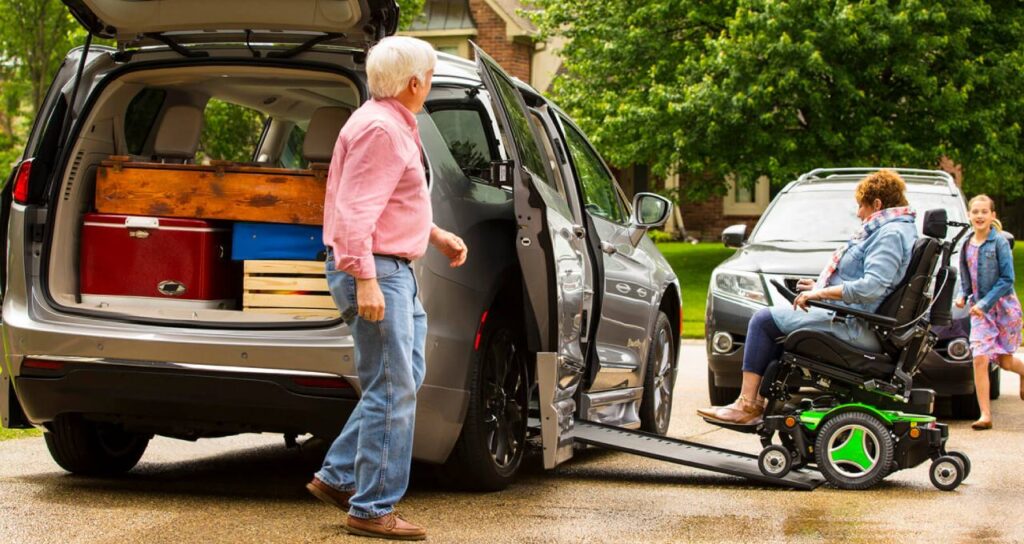Resin 3D printing is popular for its precision and detail, making it a go-to option for hobbyists and professionals alike. If you’re just starting out, proper preparation will save you time and frustration. This guide walks you through the essential equipment, materials, setup tips, and safety notes — especially for those working with desktop miniature models.
Essential Equipment Beyond the Printer
Buying a resin 3D printer is just the beginning. You’ll also need a washing station to clean excess resin, a curing machine to harden prints, a scraper and resin tray for handling, plus basic safety gear like gloves, masks, and goggles. Optional but useful items include platform protectors and filters to keep your setup clean and efficient.
Choosing the Right Materials: Is the Miniature Maker Resin Kit a Good Fit?
Resin types vary based on usage, and the Miniature Maker Resin Kit — which includes PAS10, PAP10, and PAF10 — is tailored for miniature models. PAS10 offers high detail for small figures, PAP10 provides toughness for accessories or joints, and PAF10 delivers structural stability for larger scenery or sculptural pieces. Beginners can start with PAS10 to get a feel for exposure settings and print behavior.
Setup Checklist Before You Start Printing
Resin 3D printing is sensitive to both environment and preparation. Ensure your space is well-ventilated to handle resin fumes. Level the print platform carefully, set exposure times according to your resin type, and confirm there’s enough resin in the tank. Some printers offer automatic leveling and resin detection, but manual checks are still helpful.
What Happens After Printing?
Once your print is done, you’ll need to clean it in alcohol or water (depending on resin type), cure it under UV light, then remove supports and polish if needed. A typical workflow is: clean the model for 3–5 minutes, cure it for 10–20 minutes, and carefully remove any supports before sanding or painting. Don’t forget to clean out the resin vat between prints to avoid clogs or artifacts.
Common Mistakes and Tips for Beginners
New users often skip safety gear or use incorrect exposure settings. Always wear gloves and eye protection, and adjust your slicer settings according to the resin’s specifications.
Avoid leaving resin exposed to air too long — pour unused resin back through a filter. Use slicing previews to check support placement before printing. And if a print fails, clean everything before starting again.
Conclusion
Resin 3D printing can feel technical at first, but with the right materials and clear process, it becomes manageable quickly. A complete resin set like the Miniature Maker Kit paired with careful handling and solid prep work will help you get reliable results and a better printing experience overall. Mistakes will happen, but every print teaches you something valuable.




